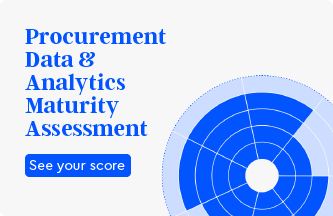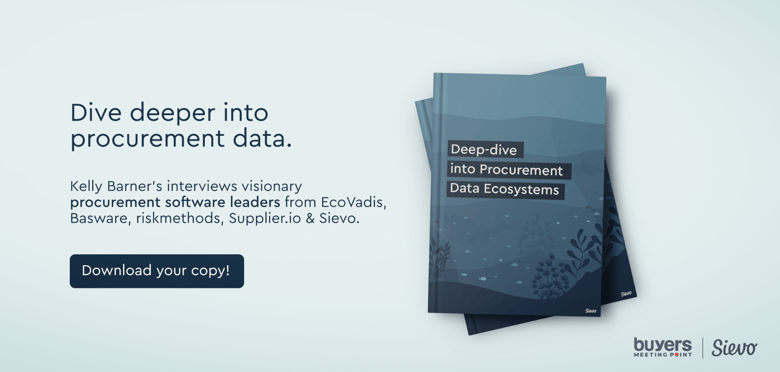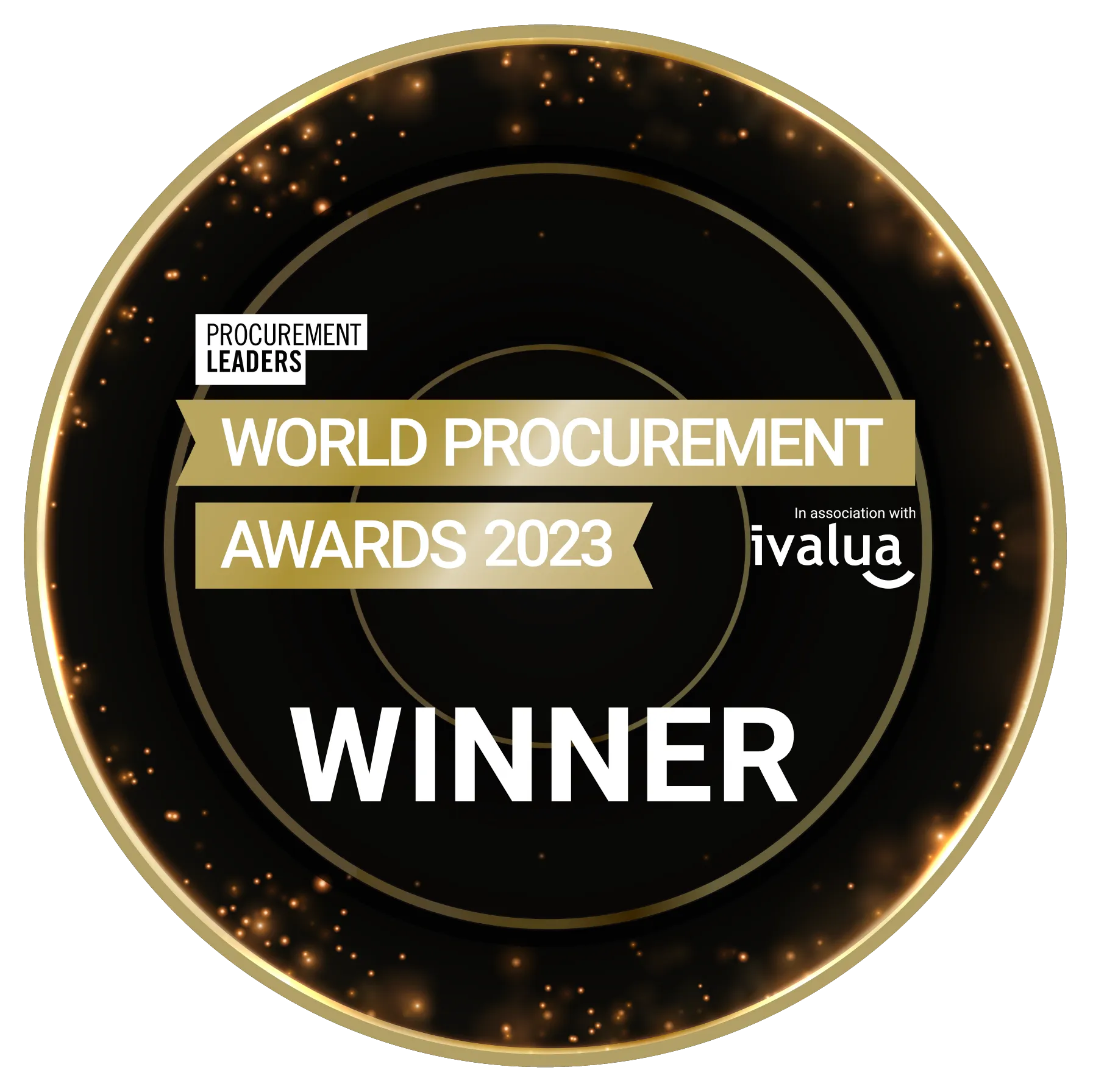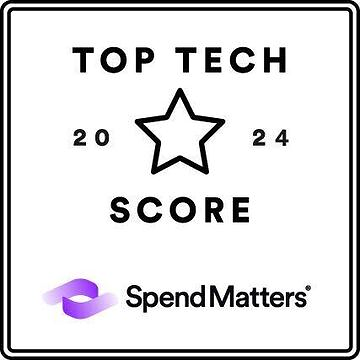
Thought Leadership
Reimagining the P2P Advantage: UX, AI, and Machine Learning

Kelly Barner • Feb 23, 2021
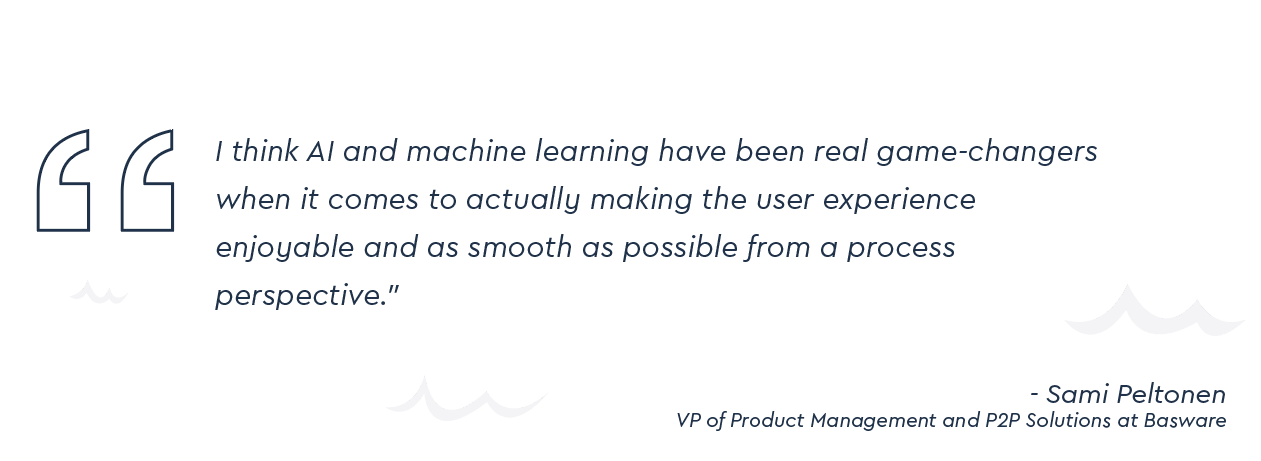
Procurement is rapidly evolving into a strategic function entirely powered by data-derived insights. Access to high quality, actionable data determines not only how valuable procurement is to corporate profitability, but also the extent to which they can measurably contribute to increased market share and competitive advantage.
Our focus in this article is procure-to-pay, known also as P2P, based on a conversation with Sami Peltonen, VP of Product Management and P2P Solutions at Basware. He provided us with an update on where P2P solutions fit into the procurement technology landscape today. Far from their historically transactional role, leading P2P systems are now incorporating AI and machine learning, investing in the user experience, and emphasizing easier deployments for shorter time to value.
P2P UX: Investing in the User Experience
Before procurement can improve the P2P user experience (UX), they need to define what a ‘good experience’ is from their users’ perspectives. How does it look? How does it feel? Does it compare to the eCommerce experience they have become accustomed to as individual consumers? The answers to these questions will define what a good user experience looks like and guide their selection of a P2P solution.
When users are asked what they look for, they often emphasize the need for mobile access and chatbots or virtual assistants. But UX is not just about functionality and interface; it has to include actionable data. As Peltonen points out, no one company can generate all of the information they need to power their own decisions. “B2B providers need to consolidate the information from many different companies and provide a sort of community intelligence.” Because the data is compiled, no company is exposed to risk, and yet the access to category-specific information is invaluable. This is a growing area of focus as procurement teams realize that they need to allow for more variation in their processes.
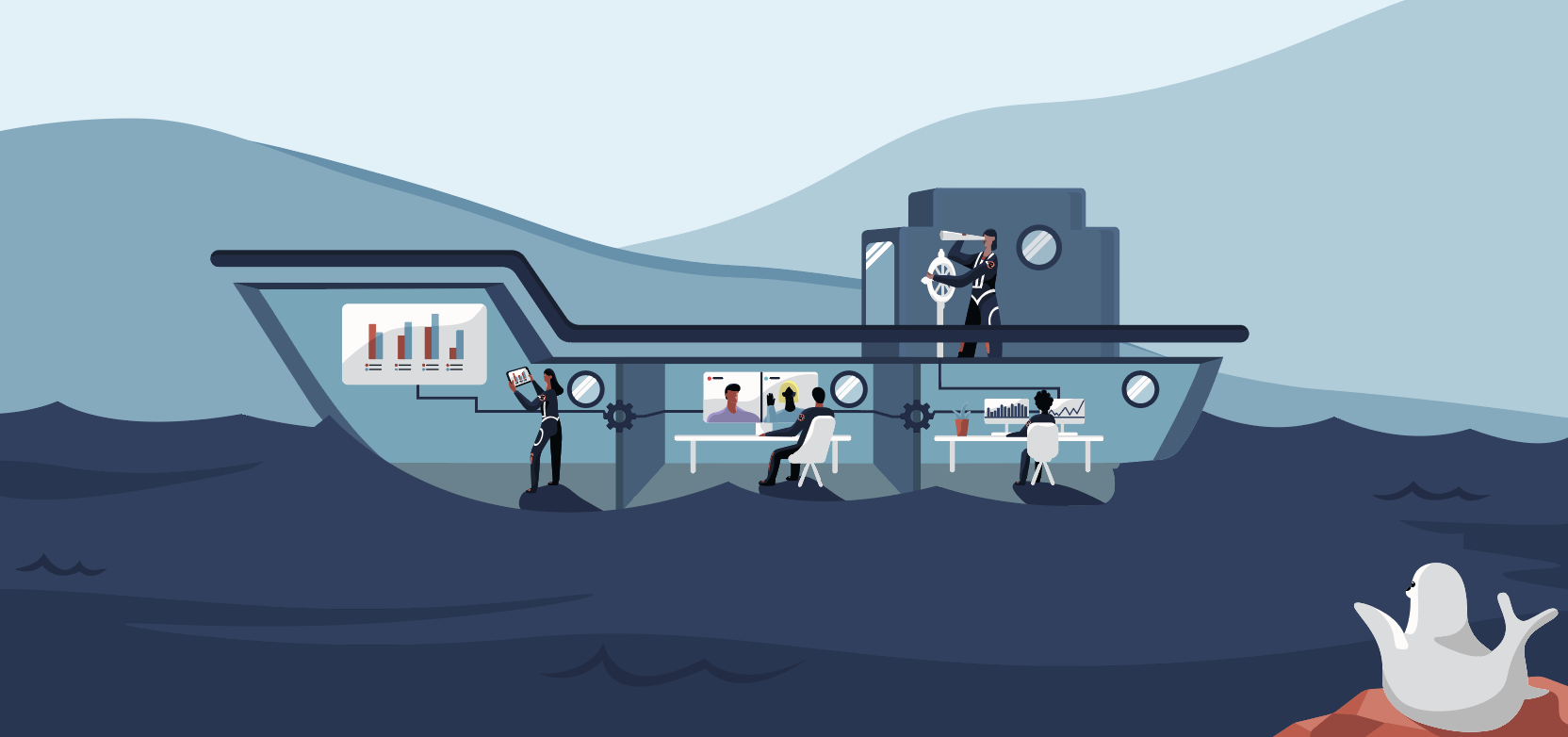
“10 years ago, many companies were trying to deploy one single policy for their entire source-to-pay or procure-to-pay process,” said Peltonen. “Now it is understood that it is better to define category-specific policies and capture downstream spend and automate processing under the guidance of those policies.”
All of these investments in UX are critical, but they do not touch on one critical, and traditionally overlooked user group: suppliers. Suppliers are a significant source of value. If they are not able to collaborate and get visibility via the available technology, they are being failed by procurement. Onboarding and adoption should be easy, a particular concern for large enterprises who have tens of thousands of suppliers that need to have access to the ecosystem in order to deliver value.
Advantages of AI and Machine Learning
Emerging technologies should not be considered a replacement for human workers, but rather guides that can help end users make the right choices and find the information they need easily and independently. This guiding should take place based on data and ‘smart’ recommendations that balance individual user and company patterns as well as the community intelligence already mentioned.
Machine learning is extremely well suited for recognizing patterns and bringing them to people’s attention for further action. It can also help users connect with the products, services, PunchOut sites, and information sources they need. Machine learning can suggest appropriate alternatives based on buying habits and preferences, but it still has to be leveraged effectively. Procurement teams would be wise to develop a basic understanding of how AI and machine learning work. They should also expect to partner with providers to develop and implement AI-enabled functionality. That way, experienced providers can help determine where machine learning will offer the greatest value.
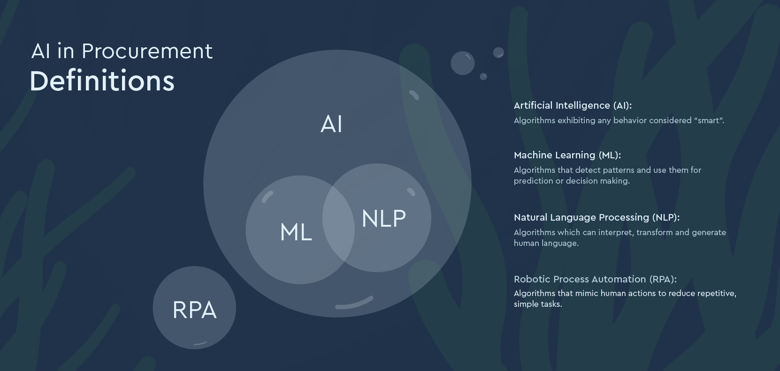 Need a refresher on AI, ML, NLP or RPA? See the comprehensive guide AI in Procurement
Need a refresher on AI, ML, NLP or RPA? See the comprehensive guide AI in Procurement
Accelerated P2P Deployment
Perhaps no topic related to procurement technology has received more attention in recent years than the debate about traditional platforms v. best-of-breed ecosystems. This is especially true for large enterprises that can afford monolithic platforms and may be lured by the seeming advantage of one code base to integrate with the rest of their systems. Unfortunately, this may lead them to give up a competitive advantage in favor of perceived safety.
Platform providers are often so focused on getting all of the pieces of their solution to work together that they don’t have the additional bandwidth to innovate. Best-of-breed providers recognize that in order to stand out, they have to differentiate their solution, making innovation a top-level priority. This also requires solution providers to work together, with the ultimate advantage going to the procurement teams, stakeholders, and suppliers who receive leading technology with a unified supporting data source.
In addition to the potential for innovation, best-of-breed solutions often have the edge when it comes to implementation. Platform deployments tend to be broad and cumbersome, delaying ROI and inconveniencing stakeholder groups. When asked about the potential downside of managing an ecosystem rather than a platform, Peltonen replies, “Fortunately, the modern microservices and API architecture makes it possible to build an entire source to pay process by combining different solutions where the data flows together smoothly.”
It would seem that the platform v. ecosystem debate is not yet settled, but ecosystems have now progressed to the point where they are at least as capable as traditional platforms.
Where Companies Struggle to Digitize
Ultimately, moving multiple procurement tasks and processes into technology is as much about digitizing processes as it is centralizing data. But not all categories of spend or segments of the process are equally easy to handle. In some cases, companies are still dealing with paper documentation rather than bringing their business challenges into the digital realm:
Services spend: With the ‘specifications’ for services being harder to define, especially in language that will be consistently recognized and accurately interpreted by suppliers, they are often among the last categories to be digitized. Procurement remains reliant on dialogue with suppliers to explain and confirm that both parties are on the same page with regard to requirements.
Invoice management in the ‘long tail’: The complications of managing long tail spend plague many procurement teams. With infrequent transactions or invoices, it is often easier to allow these companies to continue invoicing in paper, using traditional OCR to convert those documents into digital files. Unfortunately, an electronic document is not the same as a digital invoice. There is still manual entry, data loss, and risk of errors. Even if just a small percentage of a large enterprise’s supplier base falls into this category, the scale of their spend and transactions quickly turns into an out-of-control problem, providing a hiding place for risk and barring the company from realizing lucrative savings opportunities.
In conclusion…
P2P isn’t the newest solution in the procurement ecosystem, but it has matured the most and is uniquely positioned to take advantage of advancements in AI and machine learning. Not only is this important from an efficiency standpoint, but it represents a significant opportunity to simultaneously deliver an improved user experience both inside and outside of the company, and leverage automation for the sake of managing a significant volume of data at scale.
About Deep-dive into Procurement Data Ecosystems with Kelly Barner
This article series was written by Kelly Barner, top procurement influencer and owner of Buyers Meeting Point.
All companies require data in order to function, but in today’s hyper-connected world, large enterprises have specific additional needs around technology-enabled scalability and standardization that smaller organizations may be able to get by without or supplement with manual alternatives. These multi-faceted data challenges exist within and outside of their procurement operations.
In order to explore and articulate the multi-faceted data requirements of large enterprises, we reached out to several leading companies to gain unique insight into the criticality of linking internal data and third-party data via robust procurement analytics capabilities. The result is a thoughtful article series that explores fresh ways procurement leaders can turn data from a challenge to an opportunity.
Dive deeper into procurement data in the new ebook featuring Kelly Barner’s interviews with visionary procurement software leaders from Basware, EcoVadis, riskmethods, Supplier.io and Sievo.
Open Positions
Welcome to explore our open job opportunities around the world
- Position
- Location
- Apply Before
